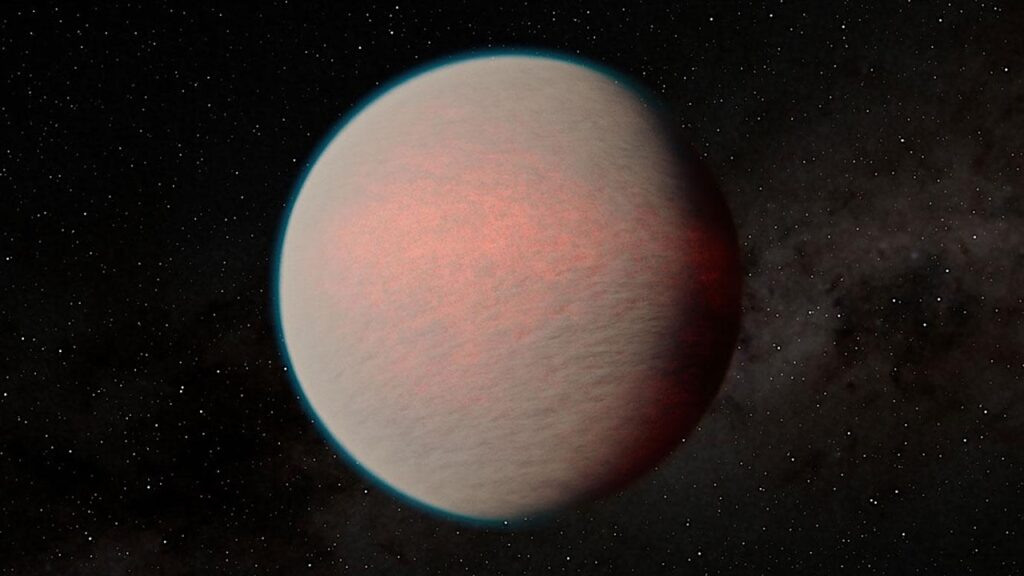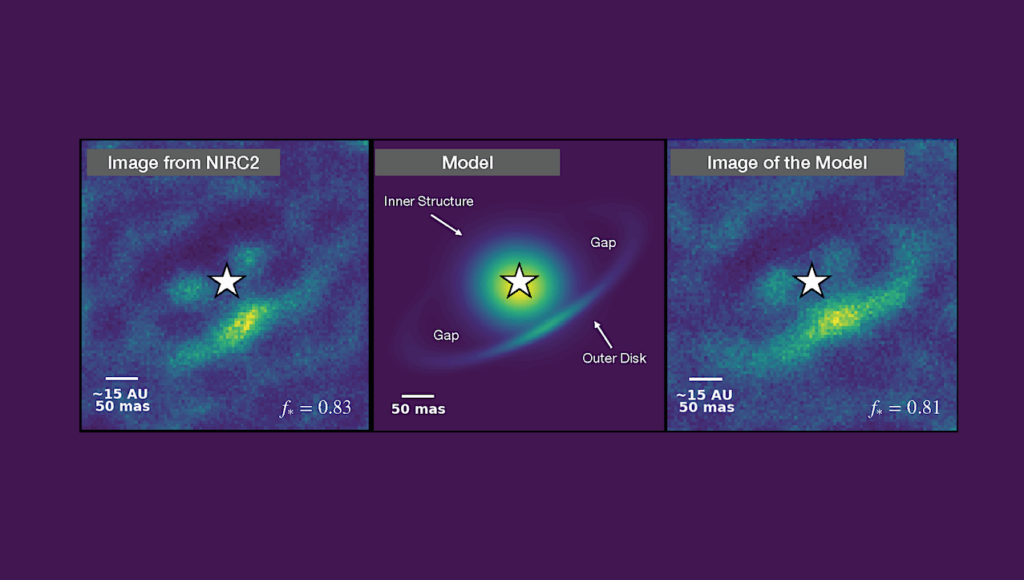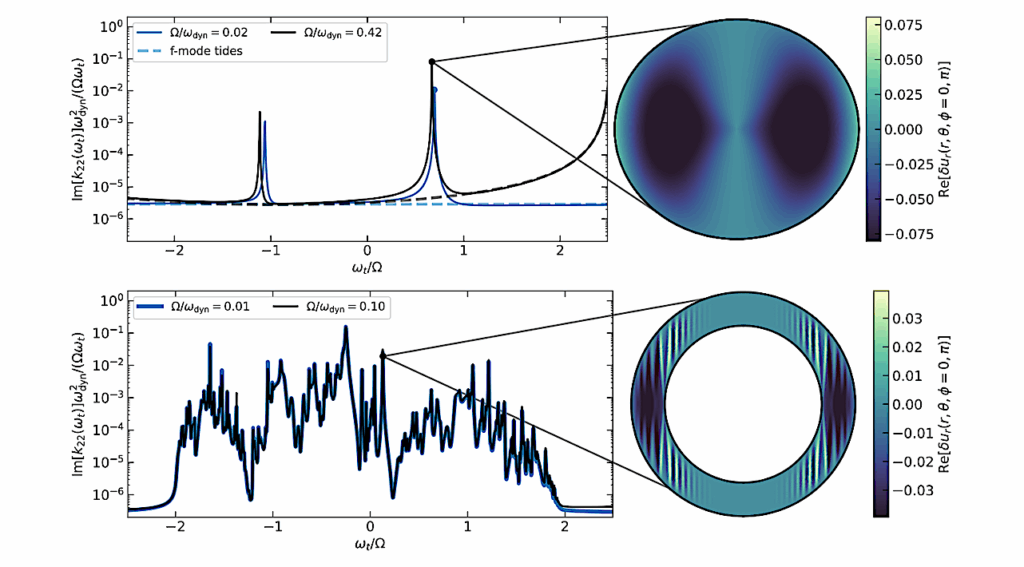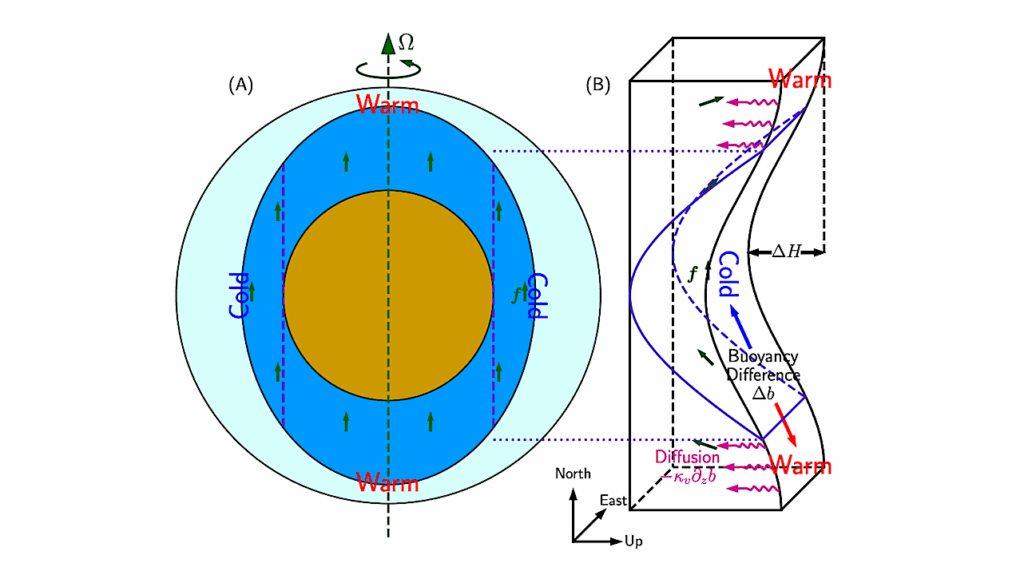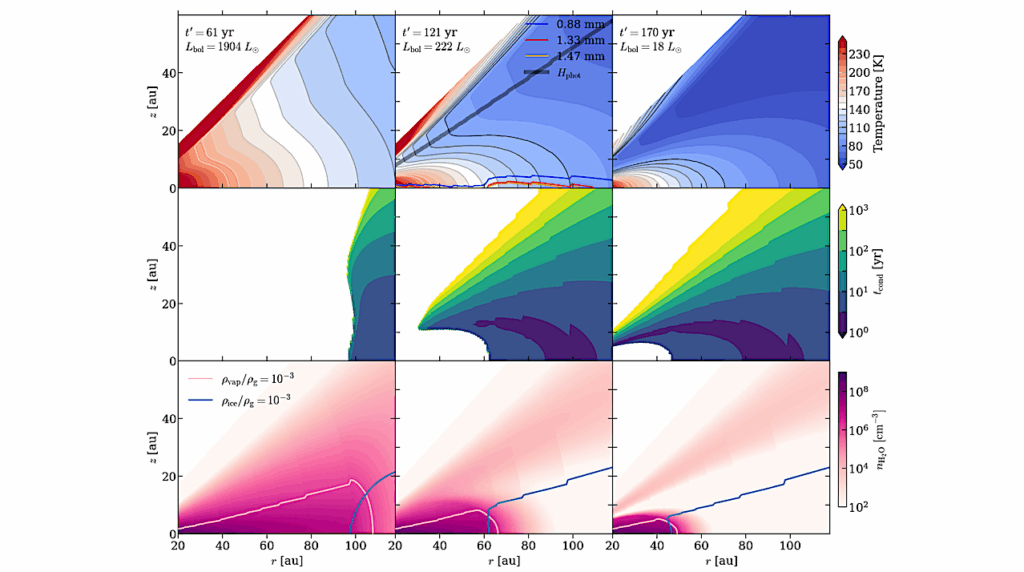Inorganic Interpretation of Luminescent Materials Encountered by the Perseverance Rover on Mars
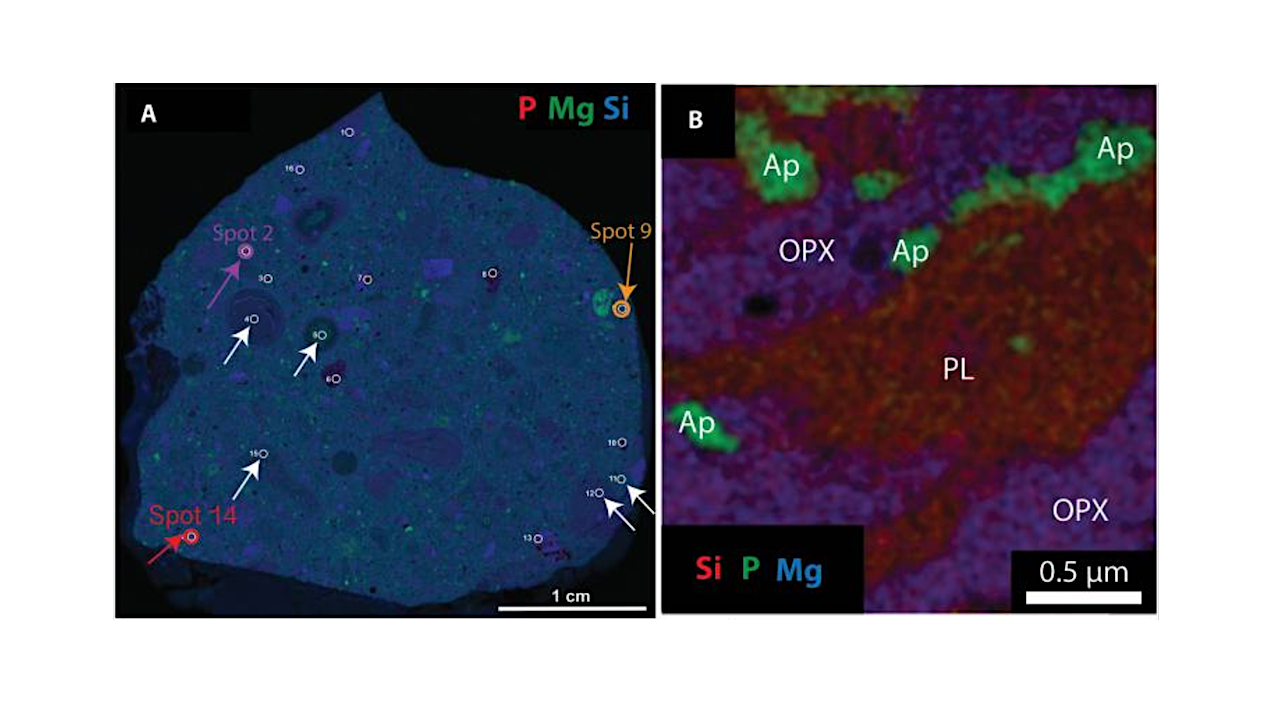
A major objective of the Mars 2020 mission is to sample rocks in Jezero crater that may preserve organic matter for later return to Earth.
Using an ultraviolet Raman and luminescence spectrometer, the Perseverance rover detected luminescence signals with maximal intensities at 330 to 350 nanometers and 270 to 290 nanometers that were initially reported as consistent with organics.
Here, we test the alternative hypothesis that the 330- to 350-nanometer and 270- to 290-nanometer luminescence signals trace Ce3+ in phosphate and silicate defects, respectively.
By comparing the distributions of luminescence signals with the rover detections of x-ray fluorescence from P2O5 and Si-bearing materials, we show that, while an organic origin is not excluded, the observed luminescence can be explained by purely inorganic materials.
These findings highlight the importance of eventual laboratory analyses to detect and characterize organic compounds in the returned samples.
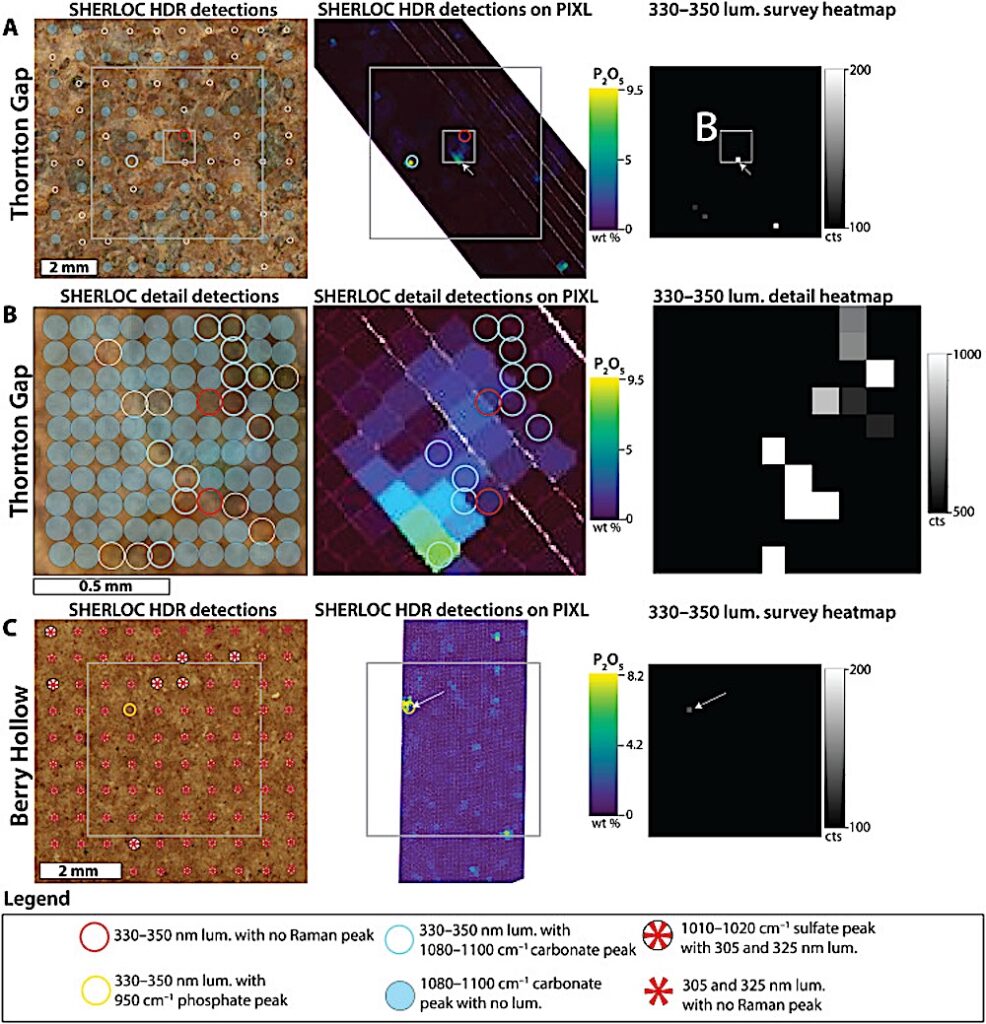
(A) HDR scan of the Thornton Gap abrasion in the lower Jezero sedimentary fan. Location of the smaller SHERLOC detail scan footprint in (B) is shown in a small white square. Location of the SHERLOC survey scan in the right column is shown as the larger white square. (B) Data from the detail scan of the Thornton Gap abrasion. (C) Data from the Berry Hollow abrasion in the Jezero sedimentary fan. The left column shows scan points on the colorized ACI-WATSON image merge. Raman and luminescence detections are symbolized with colored circles and asterisks, respectively, on the colorized ACI-WATSON image merge. Open white circles indicate that no Raman features were detected. The middle column shows the 330- to 350-nm luminescence detection locations on coregistered and warped PIXL P2O5 wt % map. The right column shows the SHERLOC luminescence heatmap. Note the spatial association of both 330- and 340- to 350-nm luminescence to P2O5 hotspots (white arrow). In Thornton Gap, SHERLOC Raman detected only carbonate. Sulfate-associated 305- and 325-nm doublet luminescence in the Berry Hollow target reported in (21) are not examined in detail. — Science Advances via PubMed
Inorganic interpretation of luminescent materials encountered by the Perseverance rover on Mars, Science Advances via PubMed
Astrobiology,


